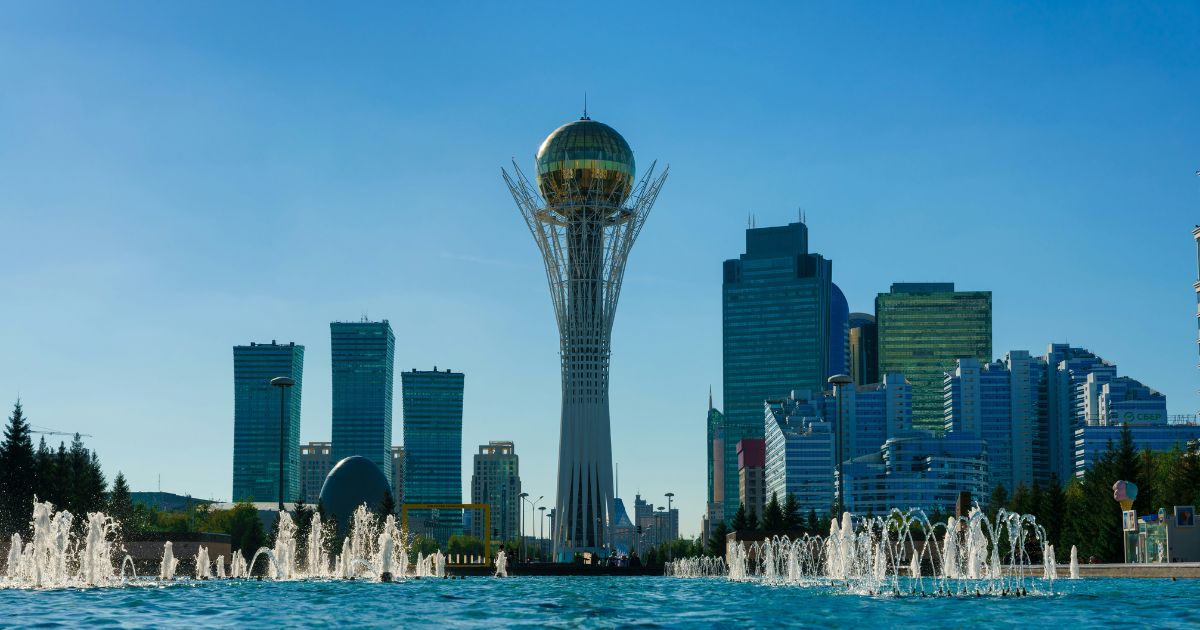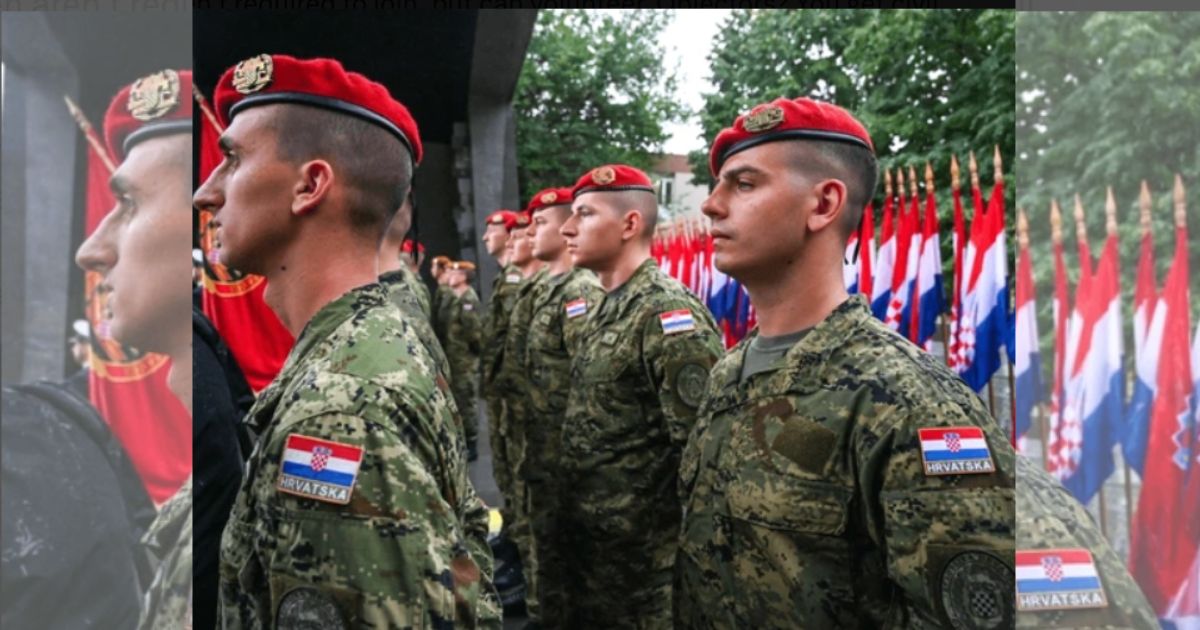Roughly 1,000 protesters marched through the capital of Madagascar on 9th October, having a confrontation with police that used tear gas and stun grenades in an effort to scatter them during the third week of what has been the most serious unrest in years in the island nation in the Indian Ocean.
Police were observed patrolling Antananarivo’s streets in armoured vehicles and charging protesters, who were the majority wearing masks. Whether there were injuries was not immediately apparent.
The demonstrations, organised by a group known as “Gen Z Madagascar,” are part of a series that the United Nations claims have killed 22 people and injured dozens. The government has challenged this figure.
The demonstrations were initially fueled by water and electricity outages, but later widened to encompass anger over corruption and nepotism allegations.
The demonstrations prompted Madagascar’s President Andry Rajoelina to dismiss his entire Cabinet, but this has not calmed the youth, who are now demanding his resignation. They also turned down an offer to negotiate talks with Rajoelina on Wednesday.
During the confrontations along the Anosy and Mahamasina districts close to the Mahamasina Municipal Stadium, protesters closed down some of the streets using rocks and burning tyres.
Cars were barred from driving at Democracy Square in the Ambohijatovo district and the surrounding neighbourhood as police maintained vigil.
Madagascar, a vast island of approximately 31 million inhabitants off the coast of Africa with a history of political turmoil, has had multiple leaders ousted in rebellions since it gained independence from France in 1960.
It is plagued by chronic poverty, which plagues about 80% of the population, the World Bank reports.
Rajoelina, 51, became president in 2018 and was reelected in 2023, an election boycotted by opposition parties.




